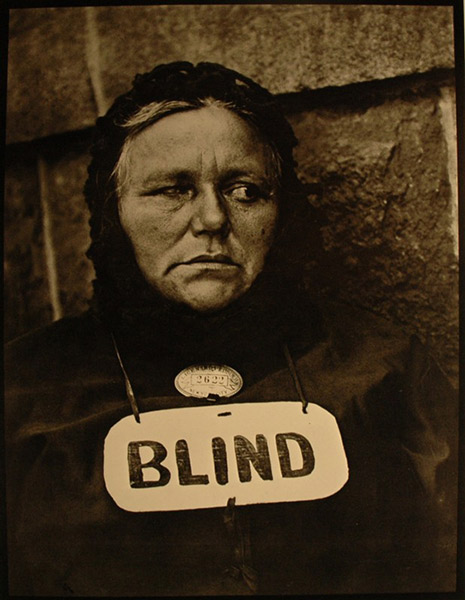This semester, while teaching a course called "Photographic Narratives" for the Plan II Honors Program at UT Austin, I organized a panel of four top local photographers. One of the panelists, Sarah Wilson, brought work from her BLIND PROM series, which precipitated a discussion of ethics and the history of photography.

Image Credit: Paul Strand
This 1916 image by Paul Strand is one of the earliest notable
photos of a blind subject.
In an effort to create candid street photos, Strand had been
using a trick camera with a false lens that misdirected attention (like a
magician waving his wand—look over there!), allowing the photographer to get
close to his subjects without their knowledge. That subterfuge was unnecessary
in this case. The blind woman is the perfect subject for a photographer like
Strand—“the objective corollary of the photographer’s longed-for invisibility”
as described by critic Geoff Dyer in The
Ongoing Moment.
Recent comments
2 years 29 weeks ago
2 years 44 weeks ago
2 years 44 weeks ago
2 years 50 weeks ago
3 years 4 weeks ago
3 years 4 weeks ago
3 years 4 weeks ago
3 years 6 weeks ago
3 years 6 weeks ago
3 years 6 weeks ago